Settled amid the rough beauty of the outback in Western Australia, Wittenoom is a ghost town with a deadly history. It is around 900 miles away from Perth, though it couldn’t be further away from the city’s thriving metropolis.
It wasn’t always this way, however.
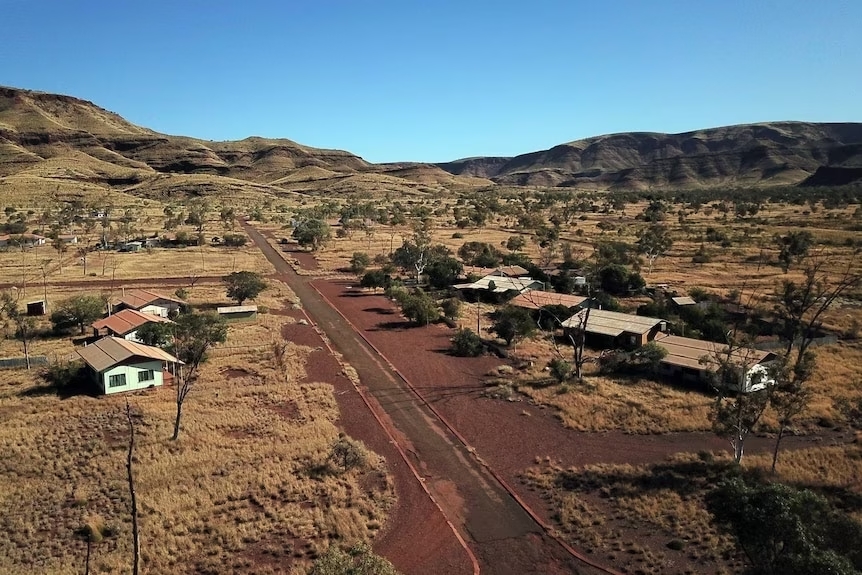

In the mid-1940s, Wittenoom was bustling with industry and opportunity. It was a prosperous area that offered employment and economic stability.
It was home to asbestos mines operated by the Colonial Sugar Refining Company. The blue asbestos they mined supplied the world with the minerals used for cement, tiles, and insulation.
Little did anyone know that the effects of blue asbestos were deadly. At least, the residents of Wittenoom had no idea about the dangers of breathing in asbestos dust.
For the companies utilizing the mines, public safety took a backseat to profits. The effects of this are still seen in Wittenoom today.
The Wittenoom Boom
In the late 1930s, Wittenoom went from an unassuming stretch of land to a hub of prosperity. Within the wilderness, prospectors happened upon a vast amount of asbestos.
At the time, the mineral was hailed as a “miracle,” and companies saw the discovery of the area as a goldmine.
As such, the Colonial Sugar Refining Company set its sights on Wittenoom Gorge in 1943.
Gold rush fever set in for miners, who flocked to the desolate area, lured by the promise of steady work with an attractive salary. As such, the town grew exponentially, with families settling in the area and calling Wittenoom home.
The town was initially constructed to support the local mine workers, but its popularity grew to be bigger than this. By 1950, what was once a barren area of land was now bustling with life.
Up until 1960, Wittenoom was Australia’s only supplier of asbestos. In total, over 160,000 tons of the mineral were mined here.
During that period, around 20,000 people resided in Wittenoom, 7,000 of whom were workers. They had no clue of the health risks involved with being in such close proximity to asbestos.
Much less did the inhabitants of Wittenoom know that you didn’t have to work in the mine to develop disease since the airborne fibers were deadly.
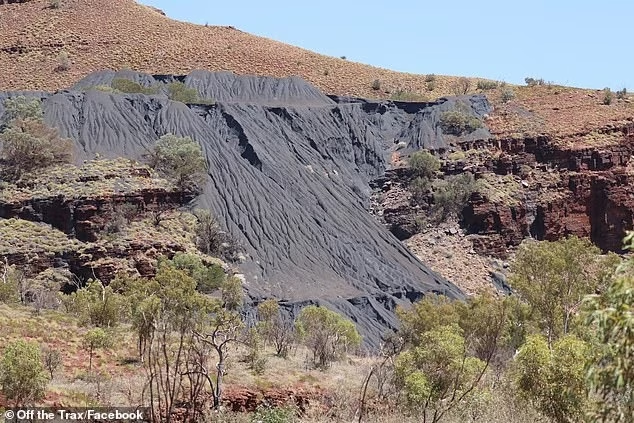
Unbeknown to the families who’d settled in the area, they were breathing in the invisible yet malignant fibers on a daily basis. The children they’d brought up in the small town had also been exposed to asbestos. It was a silent killer.
The Conditions In The Mines
The mine’s setup was not a sophisticated one. Working conditions inside the mine were poor despite the riches it was producing. Ventilation was less than desirable: dust particles were often visible in the air, on occasion becoming so thick that miners were unable to see much further than a few feet in front of them.
Australia is known for its scorching heat. Imagine the mines in such temperatures, without adequate ventilation, and in cramped conditions: workers often had to endure this uncomfortable environment.
The repetitive act of using handheld tools often stopped blood flowing properly to workers’ fingers, resulting in a diagnosis of Raynaud’s syndrome. This caused significant pain and numbness for those affected.
A “bagging” area for the asbestos was at the plant’s end. The mineral was filtered into bags and then thrown over the shoulders of workers, who would be subject to the puffs of deadly dust emanating from the hessian sack they were carrying.
They’d then drop the bags at the wharf, ready to be loaded onto ships. As you can imagine, those working on the ships were also unknowingly exposed to the deadly dust.
For a while, people were blissfully ignorant about the conditions, especially those who employed the miners. That is, until Dr Jim McNulty, Australia’s former Commissioner for Health, visited the mines in 1957.
At that time, he was a medical superintendent at Kalgoorlie Hospital. He was tasked with managing their mobile X-ray unit, which had recently visited Wittenoom.
The results were unlike anything he’d seen: the X-rays from the asbestos miners showed a high degree of lung disease. Even miners who’d only worked there for a couple of years had the disease. So, Jim visited the site. He was shocked at the conditions.
Dr Jim McNulty immediately contacted management at the Colonial Sugar Refinery with his findings. In addition to the worrying X-rays, Jim told the higher-ups that the poor working conditions and lack of ventilation were hazardous.
No action was taken on Jim’s very real concerns.
For five years between 1957 and 1962, he repeatedly warned the Colonial Sugar Refinery that the people of Wittenoom were being exposed to disease.
Still, no action was taken.
In 1959, the Public Health Department voiced its concerns about the high numbers of young men from Wittenoom being affected by their exposure to asbestos.
They had evidence of the negative effects of exposure but were powerless to stop the Colonial Sugar Refinery from operating. That was up to the Mines Department, who, again, didn’t take action to protect the miners.
For years, the mine was unregulated, no clean-up operation was put in place, and workers remained working in unsafe conditions.
In 1966, the mine at Wittenoom was closed—not for health and safety reasons but because it was no longer profitable.
The Legacy Of The Wittenoom Tragedy
Over the years, around 20,000 men, women, and children have worked and lived in Wittenoom. Many of those individuals have either died from mesothelioma or another asbestos-related disease or are expected to be diagnosed with such diseases during their lifetime.
Mesothelioma, which is a primarily asbestos-related cancer, develops in the lining that covers the outer surface of some of the body’s organs.
It can often take years for the disease to present any obvious problems in a person, with this type of cancer typically developing more than 20 years after the initial exposure.

The town is described as having a “permanent haze of dust,” meaning nobody was safe from the effects of asbestos. It found its way inside the houses, onto the clothing workers wore, and onto the lawns of residents’ homes. Neither man, woman, nor child was safe from the exposure.
Since the mine closed in 1966, concerns for residents’ health have grown, so the Australian government tested the airborne fibers in dust taken from the mines.
Unsurprisingly, they were found to cause cancer, and the government warned residents to leave the area. Many did leave; many refused to.
Over the years, the government tried to get the remaining people of Wittenoom to move on. The electricity was shut off in 2006, and the postal service was discontinued in 2007.
In 2008, the town was declared a contaminated area “unsuitable for any form of human occupation or land use.”
Since then, Wittenoom has been removed from maps and road signs in an effort to prevent macabre tourists or people camping in the area.
Despite the government’s firm attempts to get residents to move on, some remained in the town up until just a few years ago. They used generators for their electricity; one resident even ran a shop to promote tourism in the area.
However, in 2019, to get the last of the residents out of the contaminated area, they were offered a large compensation package in exchange for their leaving. It was reported to have totaled $2-3 million.
Even though the mines were closed in the 1960s and asbestos is no longer mined in Australia, the risk of exposure is still high. The deadly mineral clings to the buildings of Wittenoom. Residents were unable to simply tear down these buildings as this would have caused a greater spread of asbestos.
More than 2000 of the former workers and residents of the town have since died from asbestos-related diseases. That’s 10% of its population, with more being diagnosed with cancer as the years go by.
The Colonial Sugar Refinery has since been faced with a slew of lawsuits for “continuing, conscious and contumelious” disregard for its workers’ safety over the years.
By 1988, almost 20 years after the mine closure, 258 damage-related suits had been taken against the company.
Since then, hundreds more workers have been compensated for the illnesses they’ve been left with as a result of the Colonial Sugar Refinery’s negligence.
The road leading to Wittenoom has an ominous sign, which the bottom part reads: cancer and lung disease hazard.
Tourists have been known to ignore this danger warning, even though Wittenoom is often treated as “Australia’s Chernobyl.” In some instances, parents have taken their children for a drive through Wittenoom despite the heavy warnings that are in place not to do so.
A full cleanup operation of the area is improbable since the land is unlikely ever to be safe for habitation.
Sources
https://asbestosdiseases.org.au/the-wittenoom-tragedy
https://www.asbestos.com/news/2023/05/17/australia-cemetery-asbestos-town-demolished


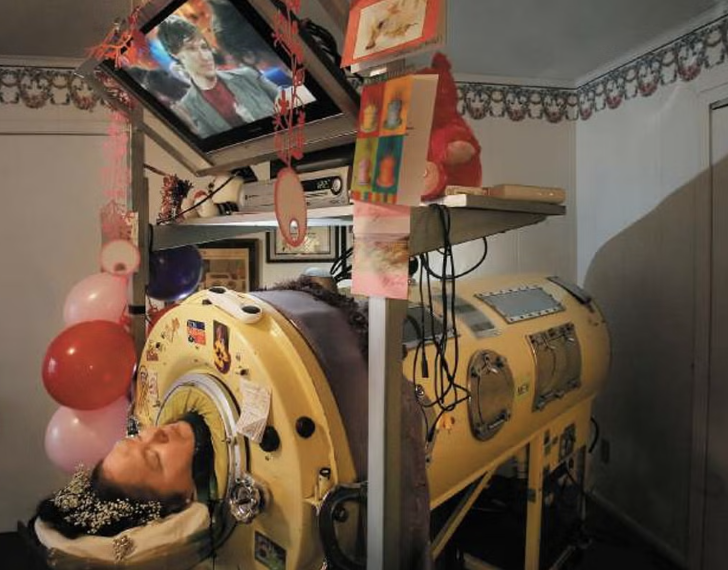

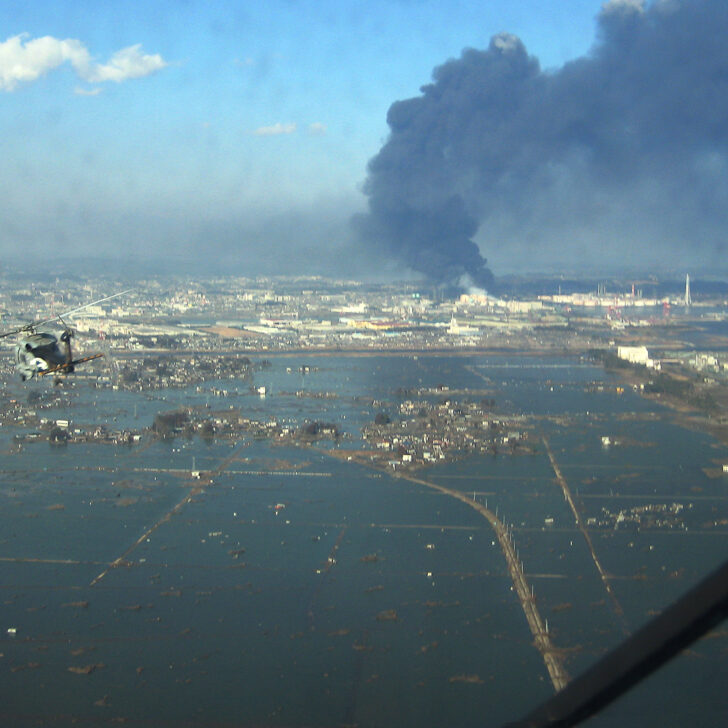
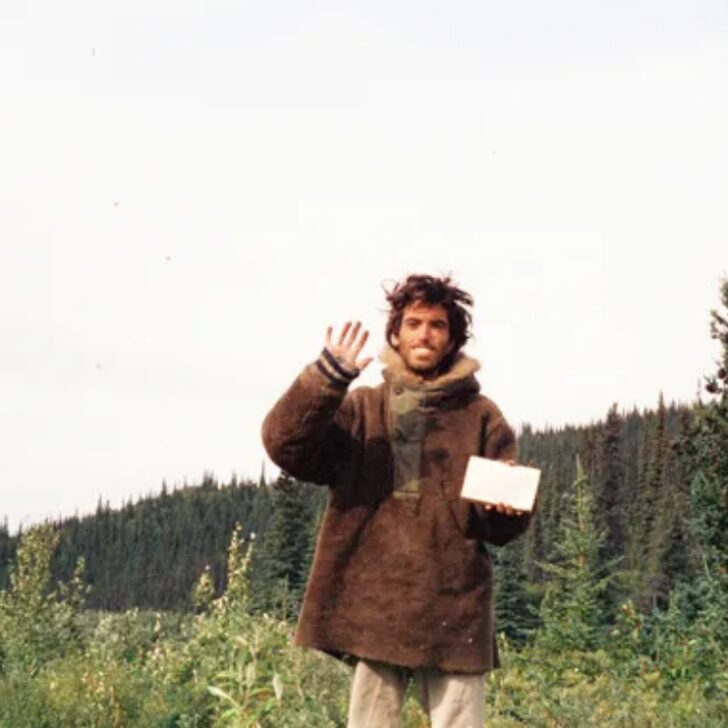




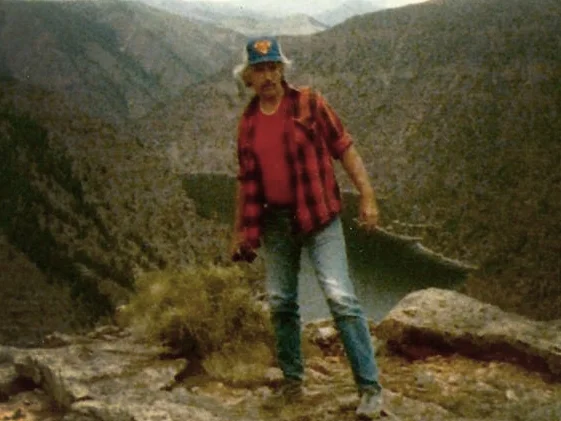
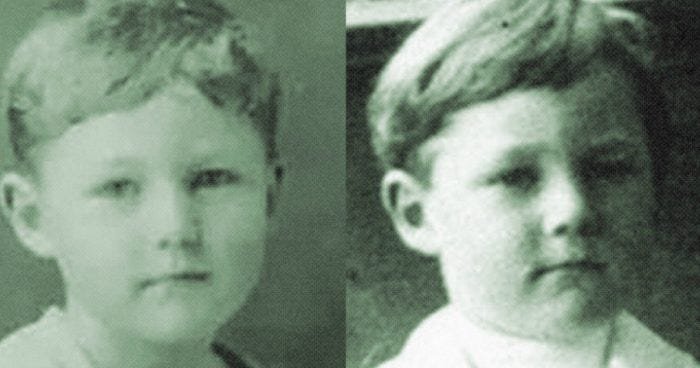

Leave a comment